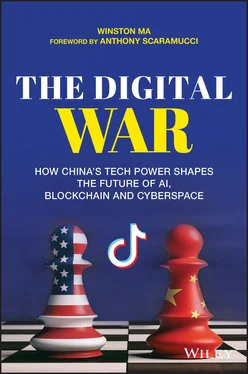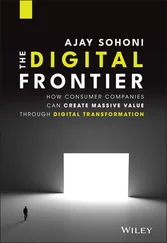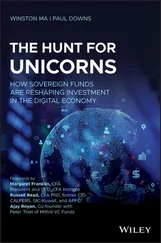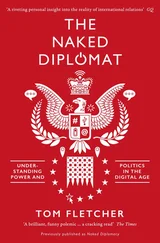The plan calls for: (a) a homegrown AI to match that of Western developed countries within three years (by 2010), (b) China's researchers to make “major breakthroughs” in AI theory by 2025, and (c) Chinese AI to be the world's undisputed leader (“occupy the commanding heights”) by 2030. This plan probably is the first in the world and by far the most ambitious move to react to the AI revolution.
To solve the shortage of AI talent, China's Ministry of Education in April 2018 released the “Artificial Intelligence Innovation Action Plan at Higher Education Institutions”, which envisions that by 2020 China would establish at least 50 AI academic and research institutes for 100 interdisciplinary majors that combine AI with traditional subjects, such as mathematics, statistics, physics, biology, psychology, and sociology, among other disciplines. Governments across the world are rushing to support innovation in AI, but none has published as concrete a plan as China and—more importantly—to execute on.
It should be highlighted that China's digital economy push started much earlier than the ambitious AI plan. It started in August 2013, when China's State Council issued a blueprint to officially promote “ Information Consumption”. At the beginning, the term was mostly related to “consumption-based on information technology”, with e-commerce based on internet channels as the focus. Soon the concept was expanded into “quality information products for consumption”, such as movies and online videos, which led to a boom of online entertainment. In 2015, the “internet plus (+)” strategy was unveiled in the annual government work report, encouraging traditional industries to use the internet to run key aspects of their business and find new business models.
As a result, China's mobile infrastructure has developed with remarkable speed (see Figure 1.3). According to China internet Network Information Center (CNNIC)'s most recent annual report, March 2020, China had the world's largest internet user population of 903 million, representing a penetration rate of 64.5% (of a 1.4 billion population) and a 50% increase from the internet user number of 2013. The percentage of those using mobile phones to go online exceeded 99% (897 million). Since 2013, China has been the largest e-commerce market in the world. (For the mobile economy’s early development, refer to the author's 2016 book China's Mobile Economy – Opportunities in the Largest and Fastest Information Consumption Boom .)
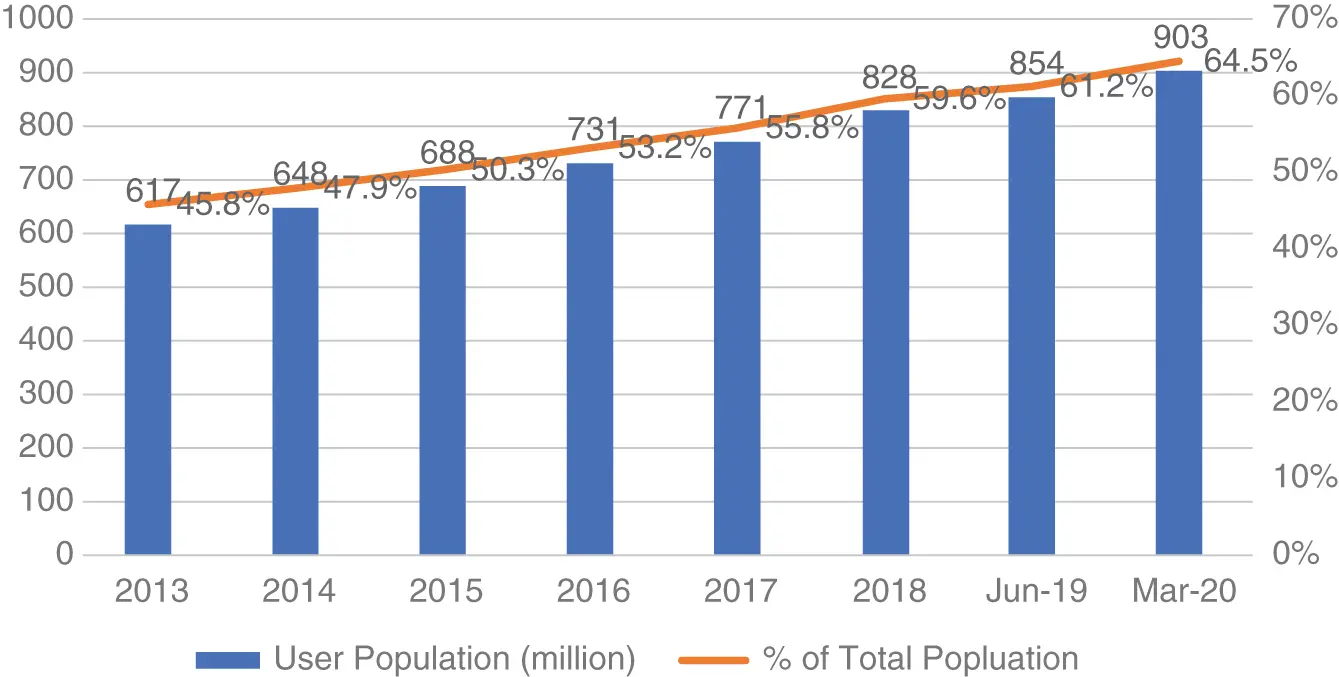
Figure 1.3 China's internet population jump with mobile internet
Data Source: CNNIC, March 2020.
In recent years, new policies have a much broader goal of digitalizing the whole economy (instead of only the internet sectors) with the latest digital and data-driven technologies (beyond internet connectivity). In 2017, “ Digital Economy” as China's future economic model was put into the government work report for the first time (also referred to as “Digital China”), and the AI flavor was soon added in 2019 with the notion of “ Intelligence Plus”. The market expects far more profound transformation of China's economy to come from “intelligence +” than from earlier years of “internet +”, and that's also why the next phase of development is referred to as the “second half game” of the mobile internet economy.
The State Council's 2019 work report highlighted the importance to “create industrial internetplatforms and expand Intelligence Plus initiatives to facilitate transformation and upgrading in manufacturing”. The industrial internet concept involves the broader adoption of advanced consumer and industrial applications that are powered by digital infrastructure and data analytics, which is in line with China's wider ambitions to lift its industries up the value chain and better compete globally in emerging technologies, dubbed the Fourth Industrial Revolution by the World Economic Forum (WEF).
Further, in 2020, China's central government issued an economic policy guideline to include “data” in “factors of production”, joining the traditional elements of land, labor, capital, and technology, for which the government will take key measures to accelerate the cultivation of the “ data market”. Under this framework, personal data management and protection, unified industry data standards, public and private data sharing, among other key issues of the digital economy, are seeing accelerating development. (Data law developments are discussed in Chapter 8.)
Eventually, all these concepts are summarized by the “ New Infrastructure” initiative in the Government Work Report, delivered by Premier Li Keqiang in May 2020, which aims to vastly enhance internet infrastructure to spur digital consumption and encourage the development of apps for online working, distance learning, telemedicine, vehicle networking, and smart cities (see Figure 1.4). “We will step up the construction of new types of infrastructure. We will develop next-generation information networks and expand 5G applications. We will build more charging facilities and promote the wider use of new energy automobiles. We will stimulate new consumer demand and promote industrial upgrading," said Premier Li.

Figure 1.4 From “information consumption” to “digital economy”
This new infrastructure push comes from the central government, local provinces, and related ministries like MIIT (Ministry of Industry and Information Technology). In total, China is expecting, over the next five years, to top more than 27 trillion RMB (close to US$4 trillion) in new infrastructure construction and related investments, according to Haitong Securities. Compared to traditional infrastructure, such as roads, railways, and bridges (which were the main form of investment stimulus in China during the previous global financial crisis in 2008–2009), the “new” represents infrastructure built on advanced digital technology—it's infrastructure that's data driven.
At the center of new infrastructure is the next-generation (5G) wireless networks for data transmission. The 5G technology's most visible advantage is its data transfer speed, which is expected to be 1000 times more powerful than 4G technology. The high-speed and highly stable 5G services are expected to encompass wireless applications far beyond basic internet communication to include smart cars and advanced manufacturing. Ultimately, 5G is for the “Internet of Things” (IoT), a loose term used to describe a network of mobile internet, smart devices, home appliances, and any physical objects through cloud technology. For example, the faster data transmission by the 5G technology is expected to provide a constant and reliable stream of real-time street data for driverless cars to function effectively and safely.
Based on the superfast cellular 5G networks, advanced applications of AI, blockchain, cloud computing, and Big Data analytics are expected to make major breakthroughs. Together, they form the tech infrastructure of China's digital economy, which can be summarized as 5G iABCD (see Figure 1.5). Companies from every sector of the economy are set to embrace this “full suite” of information technologies for enterprise purposes.
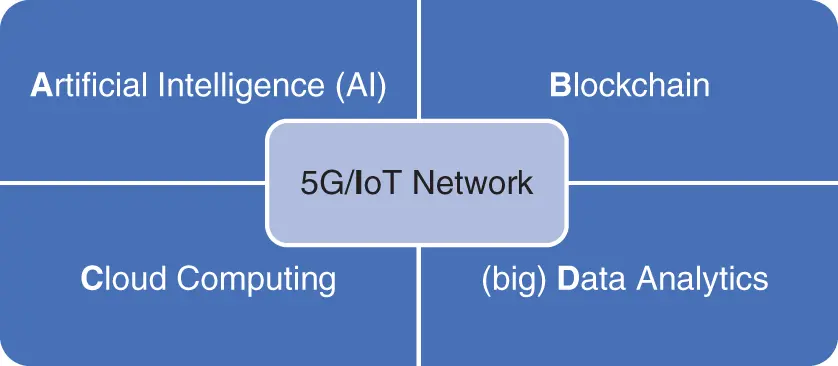
Figure 1.5 New infrastructure – 5G iABCD
Читать дальше
